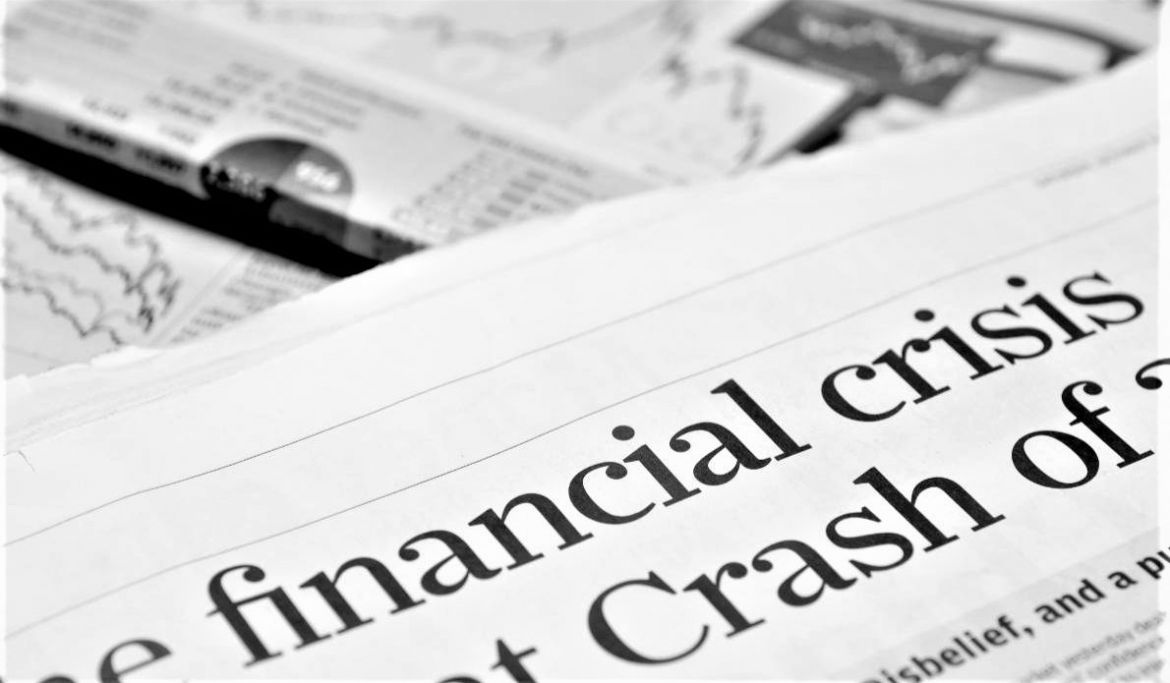NEWS | What can we learn from past economic crises?
What can we learn from past economic crises?

You’ve seen the headlines and you know that the Covid-19 pandemic – along with South Africa’s already-fragile economy – has caused local markets to sell-off sharply. Although we’re starting to see some form of a recovery, many inexperienced investors are still nervous and are looking to sell quickly and get out of the market. But is that the best move? To help answer this question, we take a look at four previous financial crises, all of which took place over the past 33 years.
Black Monday, 1987
What happened: Interest rates spiked following a five-year US bull market, fuelling fears that the market was overvalued. Automatic selling, triggered by then-new computerised trading, led to a panic – and, on 20 October 1987, a massive crash. The Dow Jones lost 22% in value in a single session; the S&P 500 lost 20.4%; the FTSE 100 lost 22.8; and even the JSE lost 11.7% in a day.
What happened next: Global markets recovered, but South Africa entered a long recession as economic sanctions against the Apartheid government saw global banks leaving the country and South Africa struggling to pay its debts. Locally, the FTSE/JSE ALSI (ALSI) fell 44.8% over a total of 143 days, taking a further 522 days to recover from its lowest point in February 1988.
Asian Financial Crisis, 1997
What happened: With Asia attracting nearly half the total capital inflow into developing countries, Southeast Asian economies maintained high interest rates, leading to a dramatic run-up in asset prices. When Thailand devalued its currency, investors panicked, withdrawing their money in emerging markets and triggering a worldwide meltdown.
What happened next: Global investors went cool on developing countries, leading many to build up foreign exchange reserves. On the local front, equities sold-off with the ALSI losing 28.6% in 159 days. The recovery, however was significantly swifter, taking just 79 days to reach the same level as before the crash.
Dot-Com Crisis, 2001
What happened: Excitement around the internet caused tech stocks to rise… and rise, with the Nasdaq growing 400% over just five years. Then the bubble burst. The JSE alone lost 7.4% of its value in one session, on 17 April 2000.
What happened next: Many dot-com companies went into liquidation, and supporting industries like shipping and advertising had to scale back. Many tech firms survived, though, even if it was at lower (and more realistic) valuations than before. In South Africa the ALSI declined by 37% over 338 days, taking 523 days to recover.
Global Financial Crisis, 2008
What happened: A housing boom in the US led to a subprime lending crisis as people who couldn’t afford large mortgages were granted them. Those dodgy loans were then packaged together and sold on to banks through a series of complex financial instruments. It had to end somewhere… and it did, with the entire global financial system stumbling to the brink of collapse.
What happened next: IMF research found that big US and European banks lost more than US$1-trillion on bad loans and toxic assets between January 2007 and September 2009. The JSE had a series of very bad days, falling by about 30% in 2008. Then the market bounced back, with double-digit returns in 2010, 2012 and 2013 as investors were rewarded for staying the course. Worth mentioning, however, is that it took a very long time - approximately 1,153 days from trough to peak - for the market to recover to the same point as before the sell-off.
The take-out here is simple: While past performance is no guarantee of future returns, it is comforting to see that a crisis today doesn’t necessarily mean a crisis forever.
Continue reading: https://www.prudential.co.za/insights/articlesreleases/what-can-we-learn-from-past-economic-crises/
June 24 2020 By Prudential.co.za
